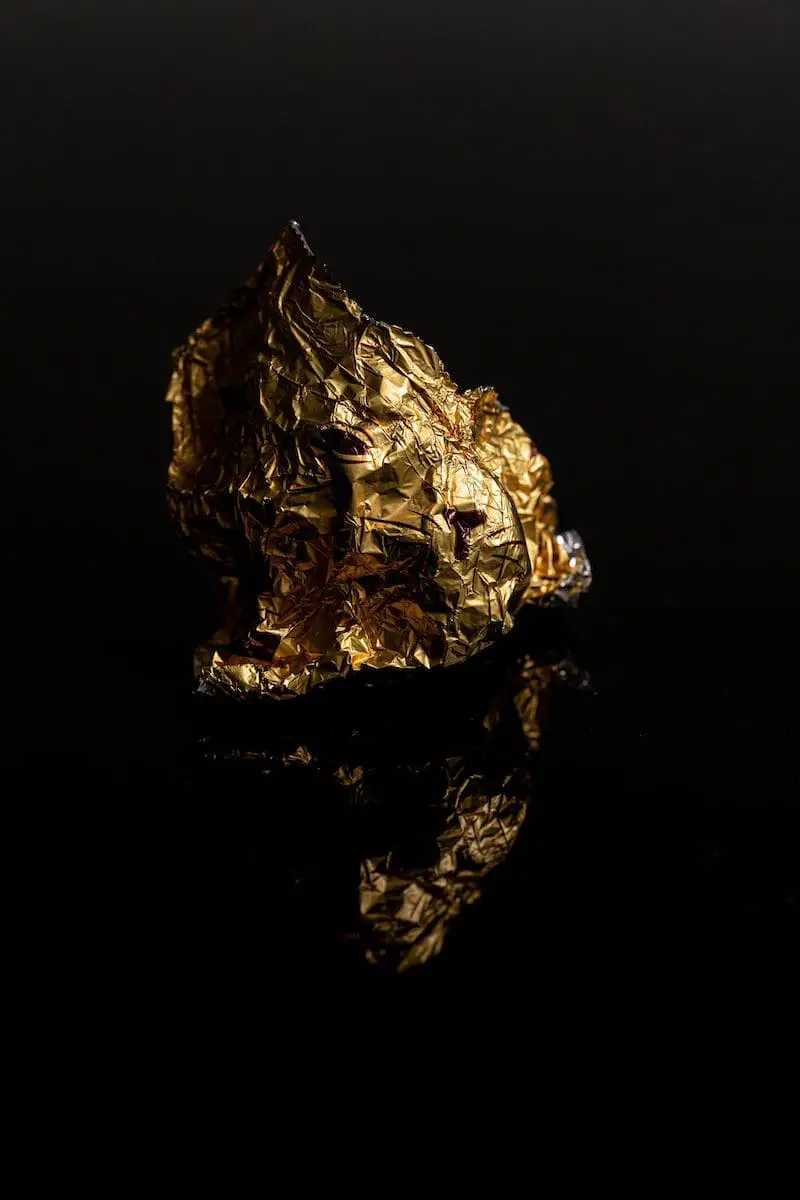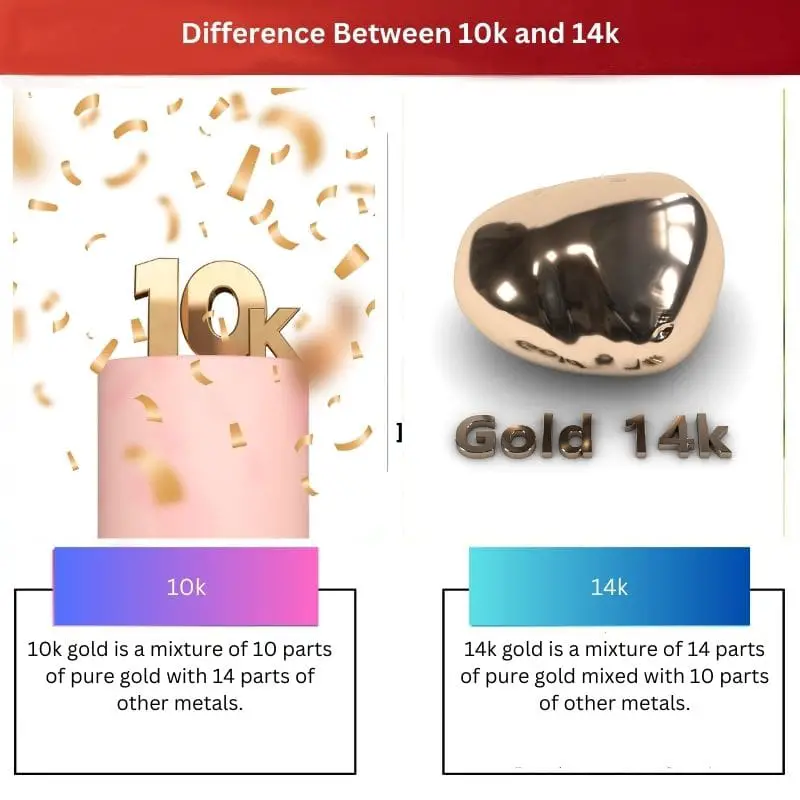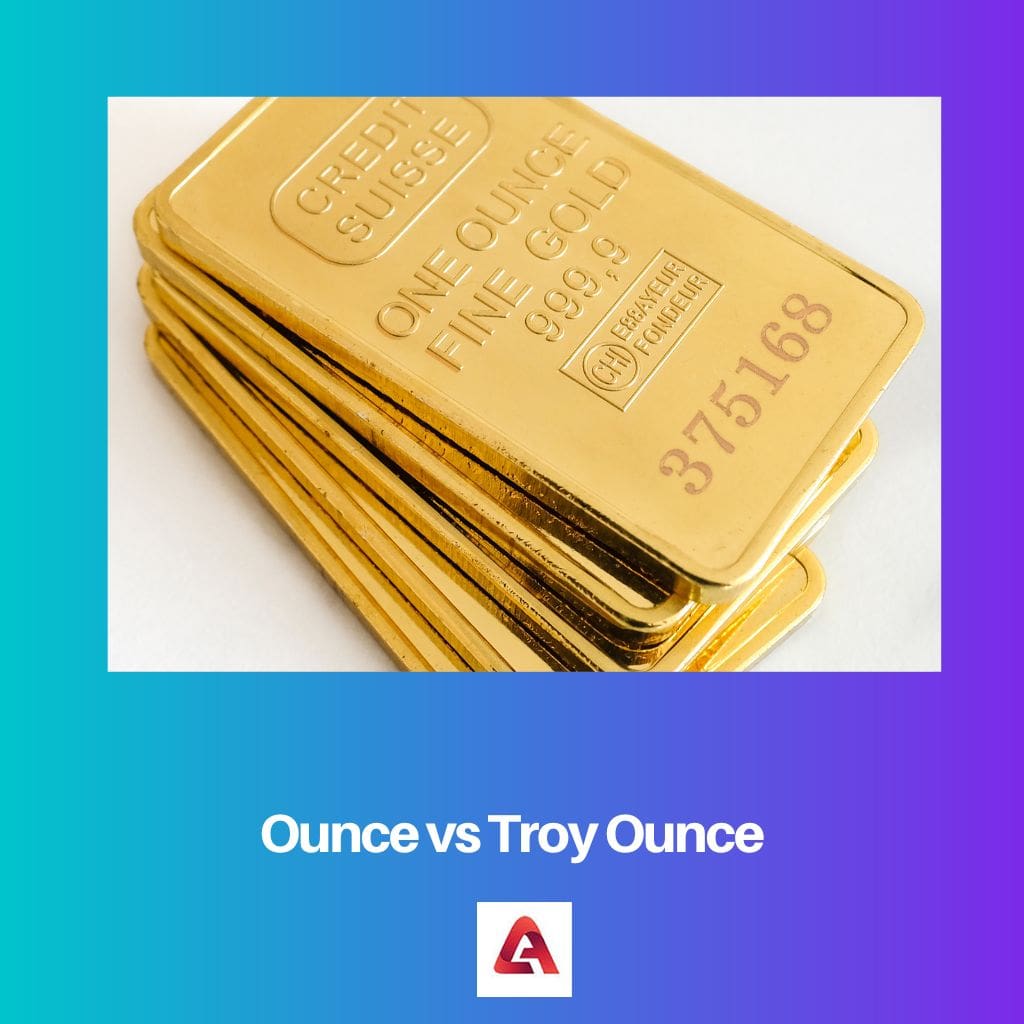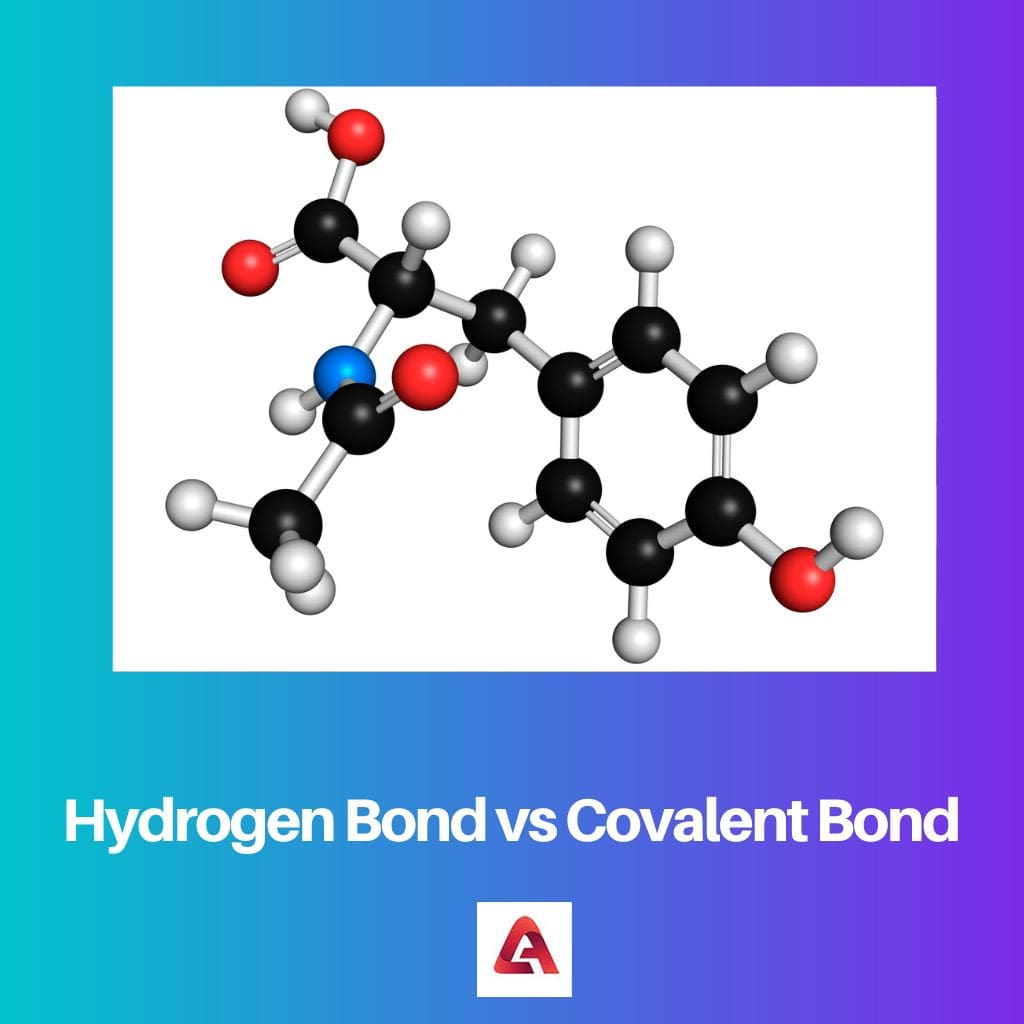The gold we use is not entirely pure. Pure gold is also exceedingly brilliant, resembling bright orange rather than the beautiful, rich golden hue most consumers connect with excellent jewellery.
Pure 24k gold is very soft and malleable and is not very long-lasting. 10k gold is a mixture of 10 parts of pure gold with 14 parts of other metals, and 14k gold is a mixture of 14 parts of pure gold mixed with 10 parts of other metals.
Key Takeaways
- 10K gold contains 41.7% pure gold, while 14K gold contains 58.3% pure gold, making 14K gold more valuable.
- 10K gold is more durable and less prone to scratching or bending than 14K gold, which is softer due to its higher gold content.
- 10K gold is more affordable for those on a budget, while 14K gold is a popular choice for higher-end jewelry.
10k vs 14k
14k gold has more pure gold in it. The larger concentration of gold pigments gives it a deeper yellow colour. It is more expensive. While 10k gold has less pure gold in it. It is slightly lighter in appearance overall. It is the most affordable kind of gold and strong enough for daily use.

10k gold is cost-effective due to having fewer parts of pure gold. This also makes it more resistant, as it has more parts of sturdy metals. It may not be as lustrous, and its appearance is dull as compared to the categories with more gold parts.
14k may be costlier than 10k gold, however, it proves to be a better choice in so many ways. It is light yellow and lustrous due to having more parts of gold in it. It is resistant and long-lasting, as 10 parts of it are made up of durable alloys of metals.
Comparison Table
| Parameters of Comparison | 10k | 14k |
|---|---|---|
| Composition | 10k gold is a mixture of 10 parts of pure gold with 14 parts of other metals. | 14k gold is a mixture of 14 parts of pure gold mixed with 10 parts of other metals. |
| Cost | 10k gold is cost-effective than 14k gold. | 14k gold is slightly costlier than 10k gold. |
| Colour | 10k gold has a shade of pale yellow and has a dull appearance. | 14k gold is light yellow and has a beautiful appearance. |
| Percentage | 10k gold contains roughly 41% of pure gold. | 14k gold contains roughly 58% of pure gold. |
| Durability | It is more resistant to scratches and harder than 14k gold. | It is not as hard and resistant as 10k. |
What is 10k?
10k gold is a category of gold that helps buyers to identify how many karats of gold are present in an ornament or jewellery they are buying, which is made up of gold.
10k gold contains roughly 41% of pure gold in it, which is 10 parts of gold out of 24.10k gold is much more affordable and cheaper as it has fewer parts of precious gold metal. So for people who do not want to pay out much, this is the best option for them.
Having less pure gold also makes it resistant and long-lasting. 10k gold can be more useful when it has to be worn every day because it wouldn’t be as much prone to wear and tear.
It wouldn’t bend easily or be susceptible to scratches. It is harder than the ones that have more parts of pure gold because it contains more sturdy metals like copper and tin.
10k gold has a shade of pale yellow. Its appearance is not as appreciated as it looks dull and is not made for special occasions. This is due to it having less gold which enhances the color of the jewellery.
Its low purity level can be one of its big disadvantages as it can cause skin irritation at times.

What is 14k?
14k gold is also a category of gold that helps buyers to identify how many karats of gold are present in an ornament or jewellery they are buying, which is made up of gold.
14k gold contains roughly 58% of pure gold in it, which is 14 parts of gold out of 24.14k gold is slightly costlier than 10k gold. This is because it has more parts of pure gold.
This combination is preferred as it is perfect if looked at in terms of both purity and resistance to wear and tear. It is slightly more expensive as compared to 10k, but it pays off as the quality is much better.
It is light yellow and has a beautiful appearance due to more parts of gold in it which enhances the color.
It is slightly less hard than 10k because it is made up of less sturdy nongold metals. But it is a safer option because of its quality and comfort.
Unlike 10k gold it doesn’t cause any kind of irritation to the skin and is a better choice if the person has sensitive skin. However, more karats of gold can be needed, too, if the skin is too sensitive.

Main Differences Between 10k and 14k
- 10k gold is a mixture of 10 parts of pure gold with 14 parts of other metals, and 14k gold is a mixture of 14 parts of pure gold mixed with 10 parts of other metals.
- 10k gold is cost-effective due to having fewer parts of pure gold, whereas 14k gold is slightly costlier than 10k gold.
- 10k gold has a shade of pale yellow and a dull appearance, whereas 14k gold is light yellow and has a beautiful appearance.
- 10k gold is much more resistant to scratches and bending as compared to 14k gold.
- 10k gold contains roughly 41% of pure gold, whereas 14k gold contains roughly 58% of pure gold.






